THE VINEYARD,
A TREASURE TO BE NURTURED
The art of assemblage
by Laurent-Perrier
Assemblage is the art of champagne in which Laurent-Perrier excels thanks to the expertise of the team led by Michel Fauconnet, 3rd Cellar Master since 1950. At Laurent-Perrier, winemaking means selecting the best juice from the press, working almost exclusively with two main Champagne grape varieties: Chardonnay and Pinot Noir. It also means choosing the still wines that will go to make up the final composition from the 319 villages in the Champagne AOC area including 17 Grands Crus and 42 Premiers Crus.
To make wine is to achieve the perfect balance between a base year and reserve wines to recreate the characteristic Laurent-Perrier style each year. Finally, it means ageing our Cuvées for long periods so that they are perfectly ready to enjoy as soon as they are released onto the market.
Each of these stages, however important, can only be accomplished if we have the best grapes, which is why our long-standing partnerships with the region’s growers and cooperatives, often over several generations, are vital.
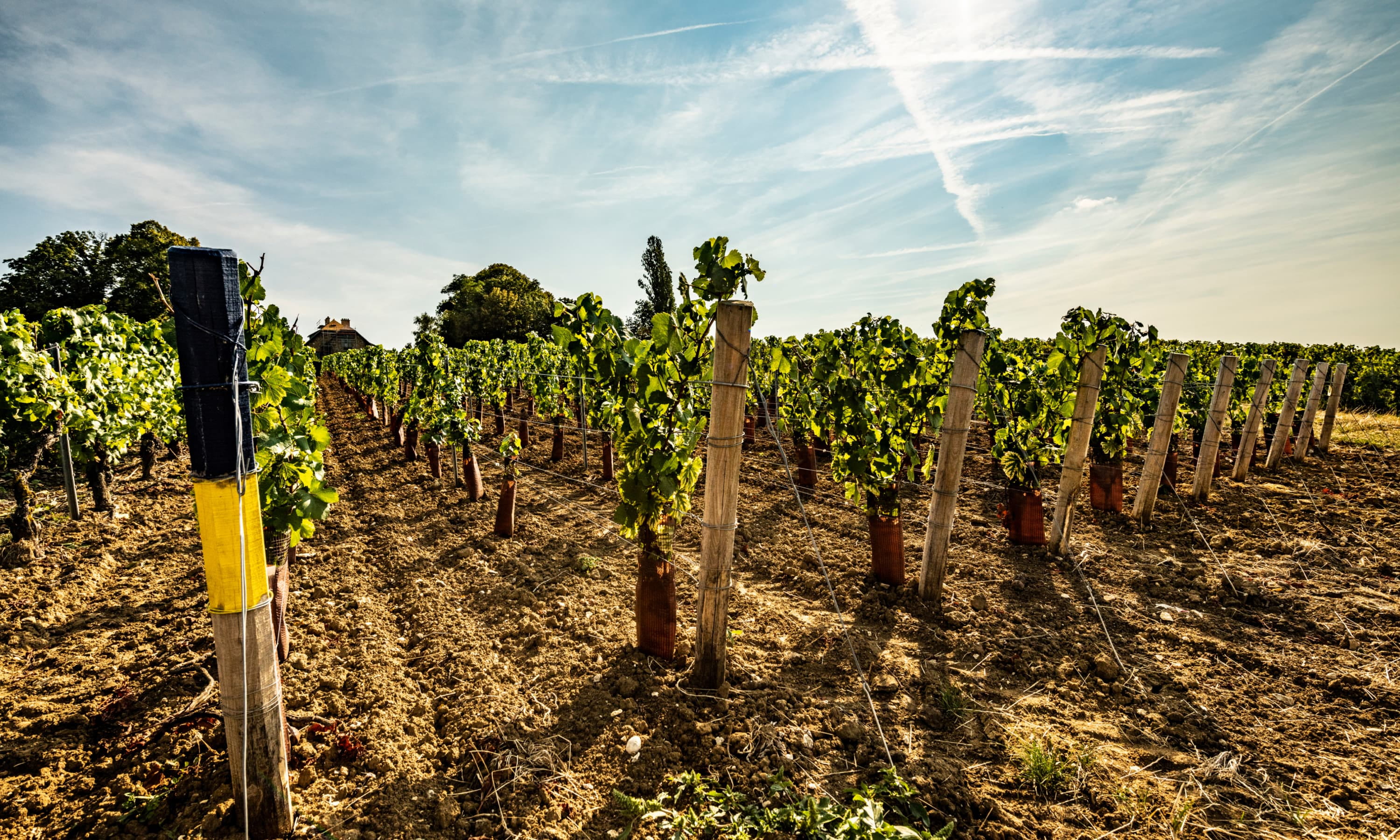
Respect for earth,
air and water
Laurent-Perrier,
responsible and committed
Since the 1980s, the Champagne region has been dedicated to implementing solutions to protect the environment. Today, the Champagne industry has the 2030 target of having 100% of certified surfaces, working in three main areas:
- The preservation and enhancement of land and landscapes,
- The management of effluent, waste and by-products,
- The reduction of the carbon footprint.
As part of its environmental strategy for the vineyard and for 100% of its parcels, the Laurent-Perrier Group obtained the Sustainable Viticulture in Champagne (SVC) and the High Environmental Value (HEV) certifications in February 2018.
The Group controls its waste production, both related to wine production and product packaging, by promoting recycling. Laurent-Perrier also strives to minimize its consumption of water, electricity and gas at its production site.
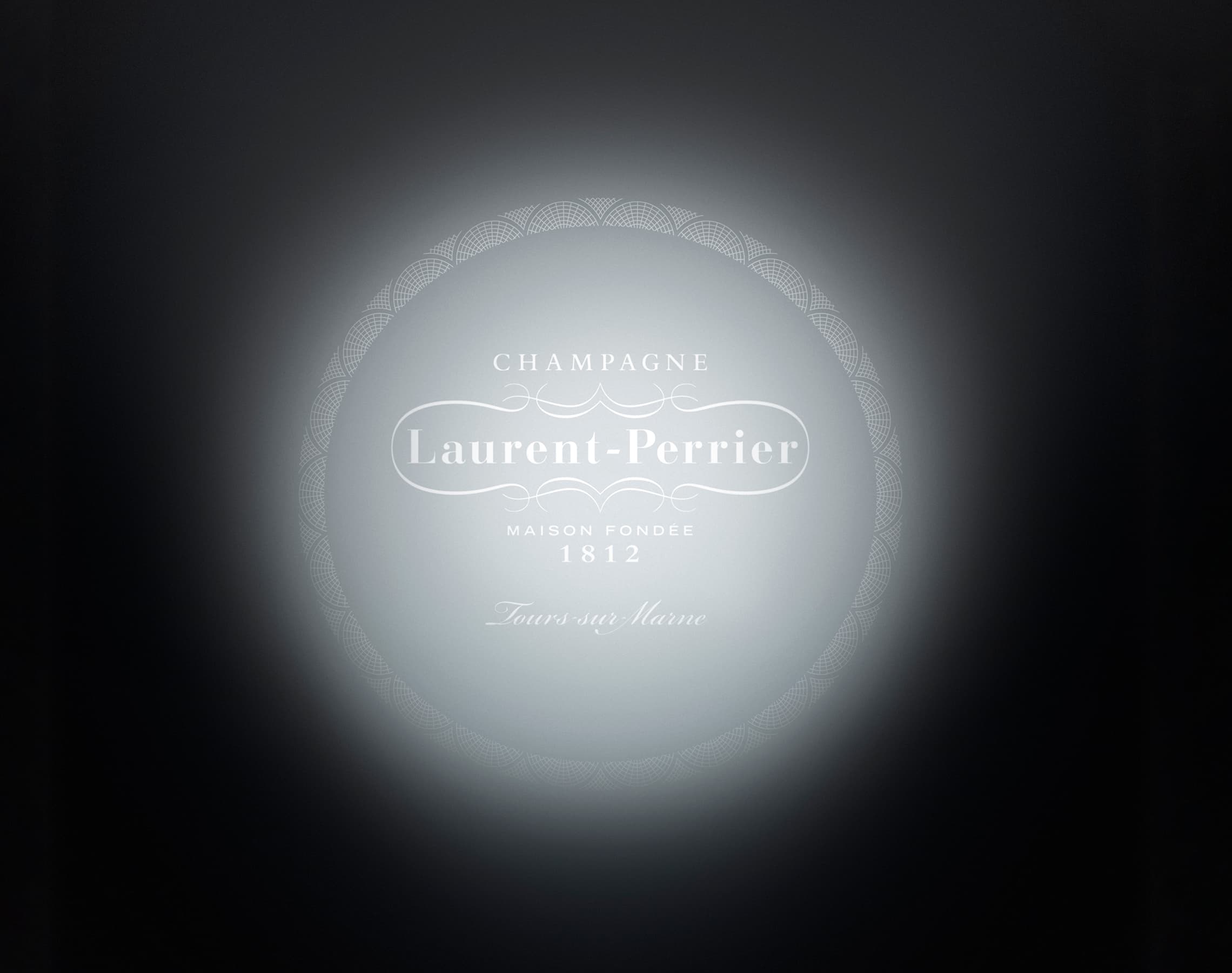
Our three savoir-faire
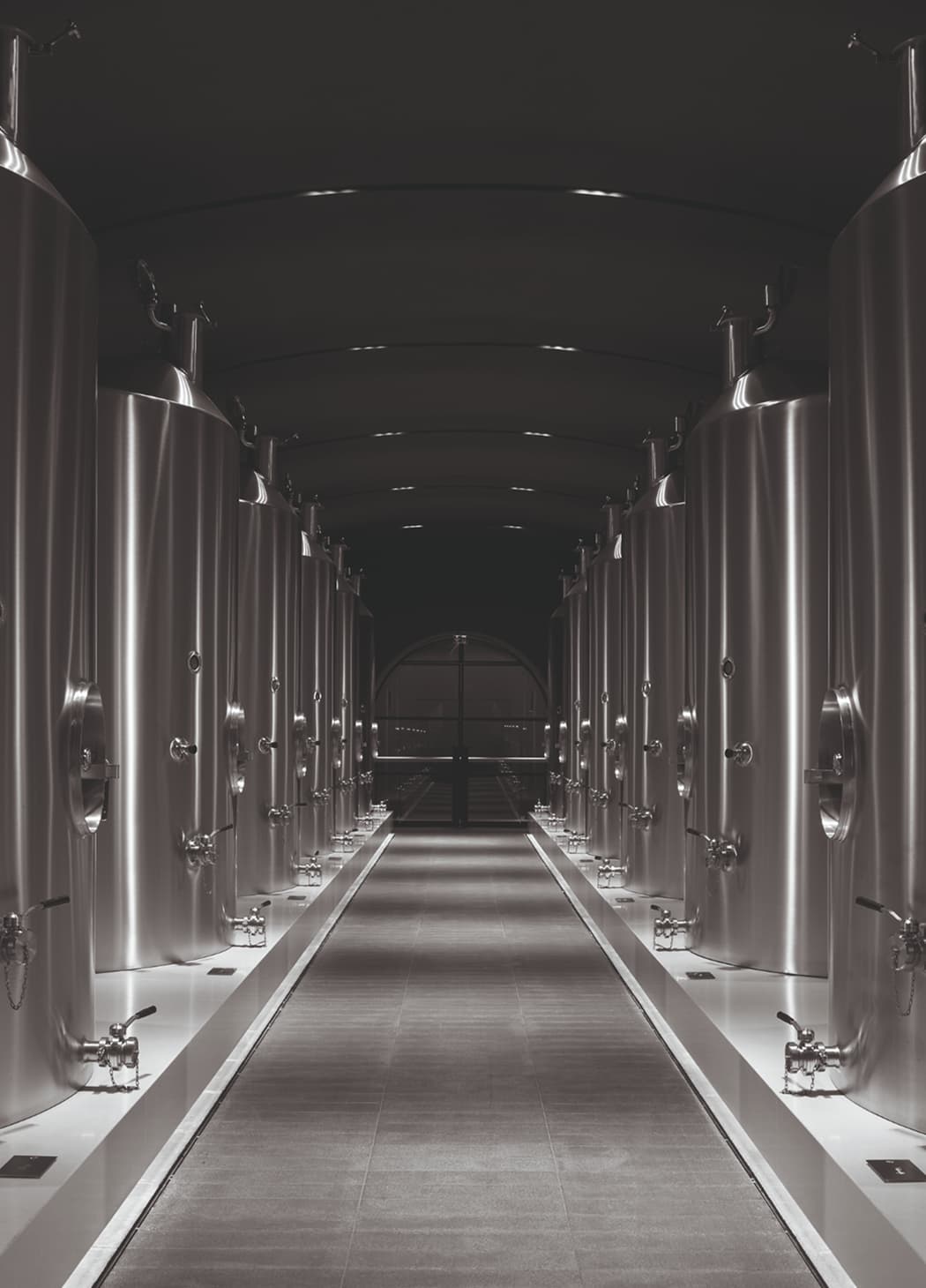
Blending reserve wines
Laurent-Perrier has developed a unique savoir-faire in selecting and preserving reserve wines. The House has chosen to place reserve wines at the heart of its approach, selecting the wines that each year offer the greatest freshness, the highest ageing potential, and the finest aromatic expression.
Upon his appointment as head of Laurent-Perrier, the bold and visionary Bernard de Nonancourt decided to go beyond conventions.
At a time when houses relied mainly on exceptional vintages, he envisioned a new expression of champagne: a blend of complementary vintage reserve wines to recreate the perfect year. This led to the birth of the Prestige Cuvée, Grand Siècle.
The dedicated reserve wine cellars consist of stainless-steel vats. These vats allow each cru and grape variety to be stored separately at low temperatures, limiting handling to preserve freshness and purity while preventing oxidation.

Grand Siècle
Grand Siècle is the pinnacle of blending to recreate the perfect year. Each Iteration of this Prestige Cuvée is crafted from an assemblage of three vintage reserve wines, combining two grape varieties, Chardonnay and Pinot Noir, sourced from up to 11 of the 17 Grand Cru villages.
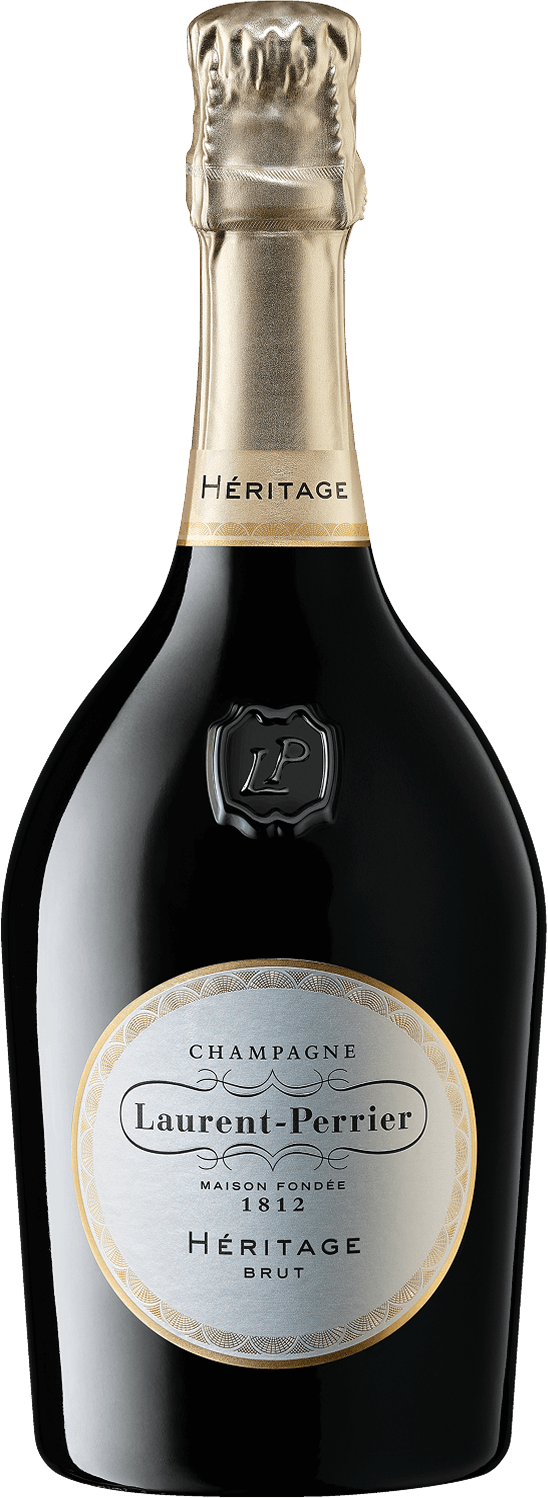
Héritage
Héritage, the House’s latest innovation, pays homage to Grand Siècle’s savoir-faire and mastery of reserve wines. Héritage is composed exclusively of reserve wines chosen for their freshness, complexity, and ageing potential.
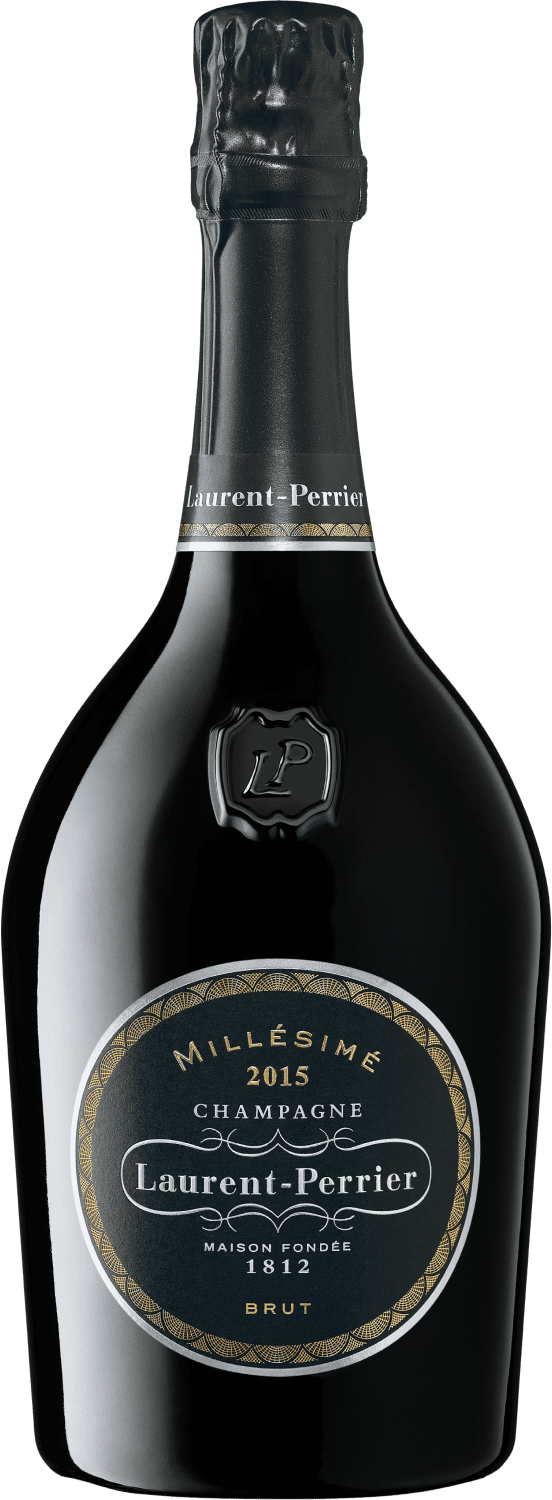
Brut Millésimé 2015
Brut Millésimé is a rare wine that expresses the typicity of a single year in the Laurent-Perrier style. It is a 50/50 blend of Chardonnay from the Côte des Blancs and Pinot Noir from the Montagne de Reims.

La Cuvée
“La Cuvée” is a tribute to Champagne craftsmanship: more than 100 Crus of Chardonnay, Pinot Noir, and Meunier are blended to create a fresh, pure, and elegant champagne. To ensure perfect consistency in style, “La Cuvée” contains up to 30% reserve wines.
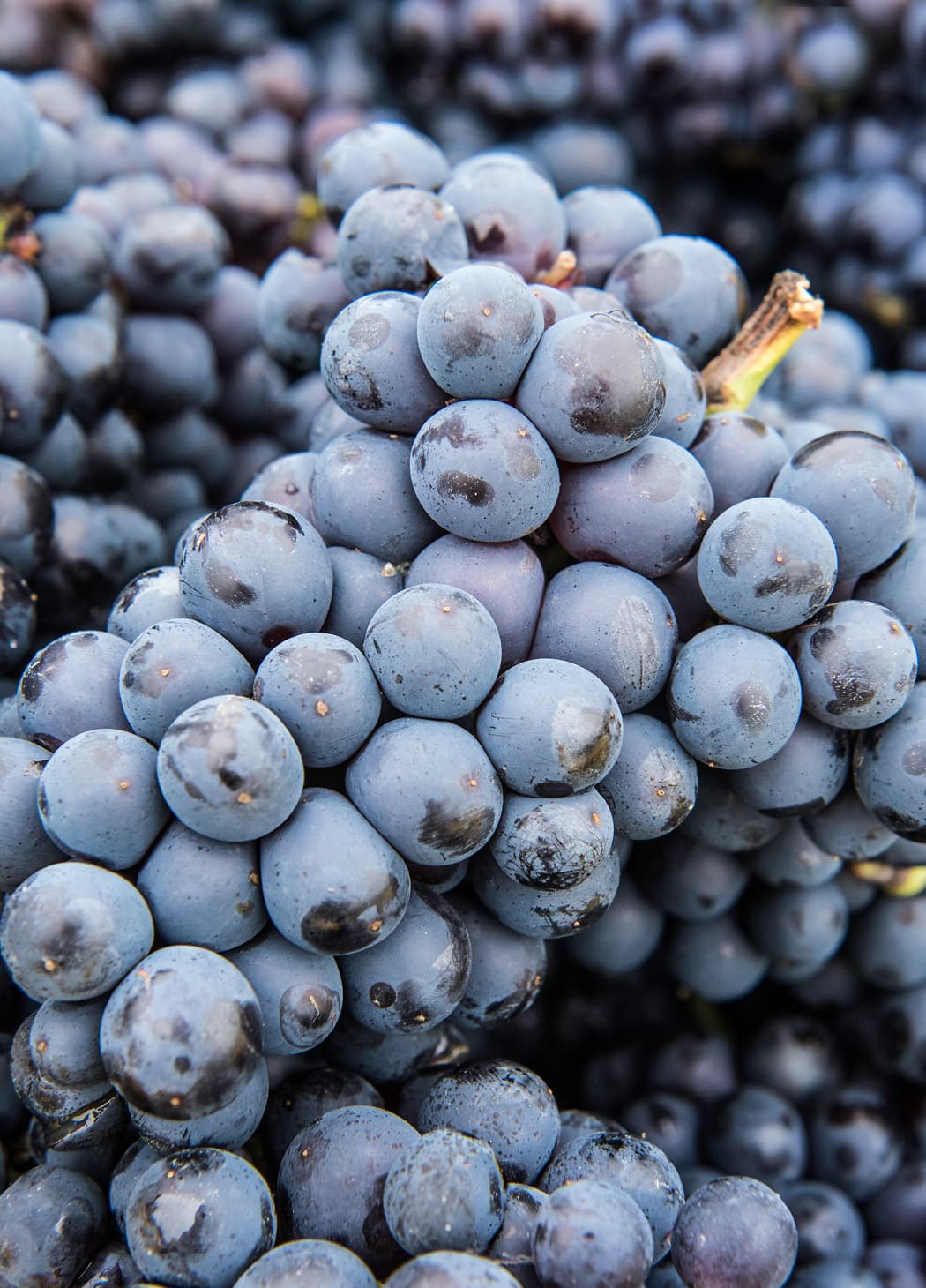
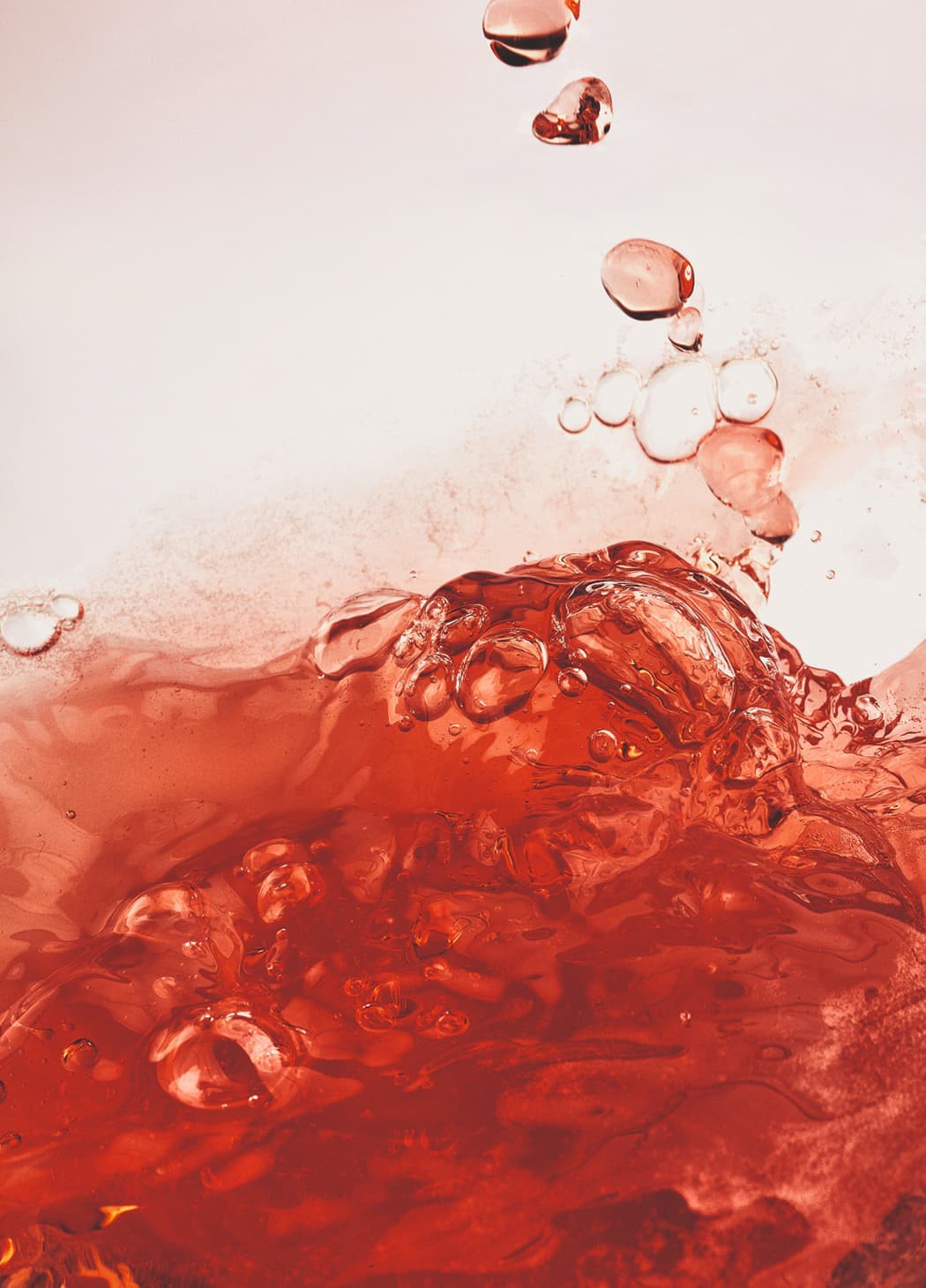
Maceration
Laurent-Perrier stands out thanks to its unique savoir-faire: maceration. A pioneer, the House paved the way for a new generation of champagnes as early as the 1960s, elevating the status of the rosé champagne category.
From 1960, Laurent-Perrier developed a range of Vins Natures de la Champagne, later renamed Coteaux Champenois in 1974, which enabled the House to acquire expertise in extracting fruit aromas from grapes. These acquired techniques inspired and facilitated the creation of a new type of rosé champagne. In 1968, Laurent-Perrier unveiled a different and non-vintage rosé champagne: Cuvée Rosé.
Laurent-Perrier meticulously selects and monitors vineyard plots for its rosé champagnes.
During the harvest, an initial sorting takes place during picking to retain only the finest grape bunches.
Once harvested, the Pinot Noir grapes undergo a second selection on sorting tables before being destemmed and placed into stainless steel vats dedicated to maceration. The maceration phase is carried out by Crus of Pinot Noir, allowing the juice to be extracted from the berries. During the 48 to 72-hour maceration period, remontages (pump-overs) are performed twice a day. At the end of this process, the juice is separated from the solid matter, and the remaining berries are then pressed. After settling, these musts are transferred to the vat room to begin their fermentation.
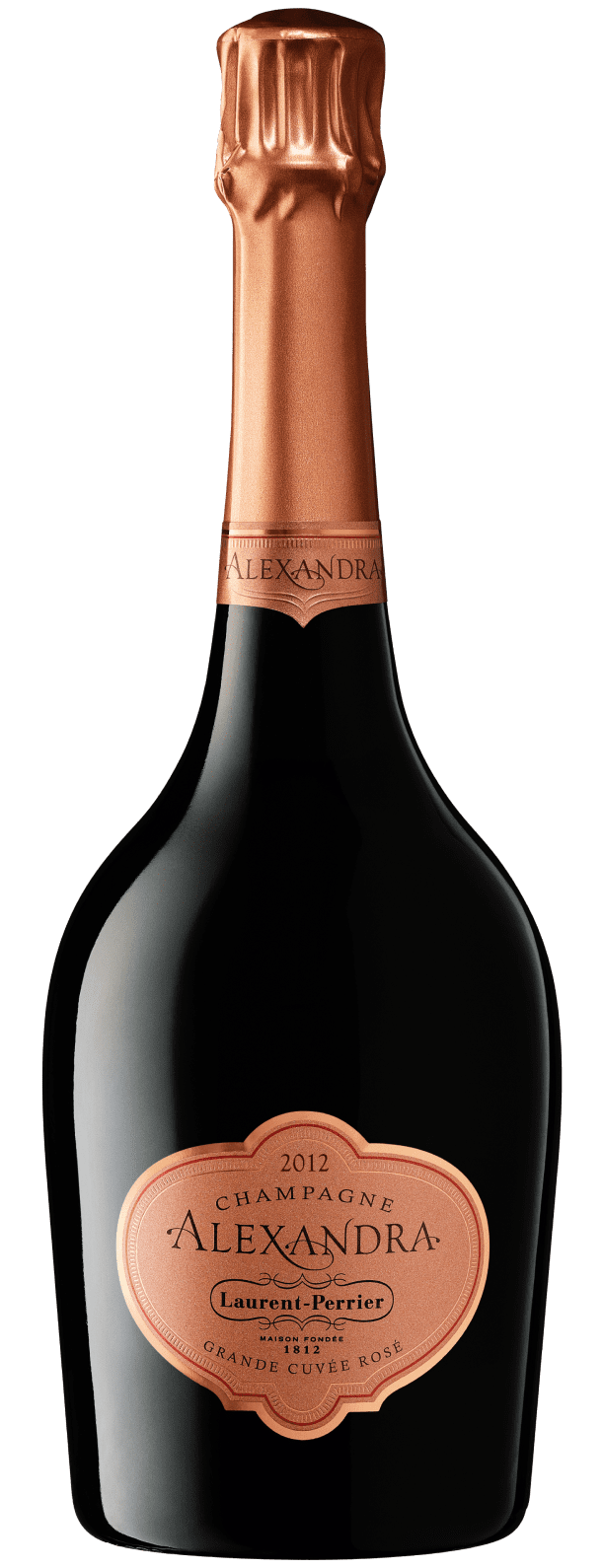
Alexandra Rosé 2012
Alexandra Rosé Millésimé embodies Laurent-Perrier’s exacting standards. The challenge in crafting this Prestige Rosé Champagne lies in ensuring that the Pinot Noir and Chardonnay reach similar maturity levels to undergo co-fermentation, allowing the aromatic expression of these two Grand Cru grape varieties to be fully revealed. Only 10 vintages have been released since its creation in 1982.
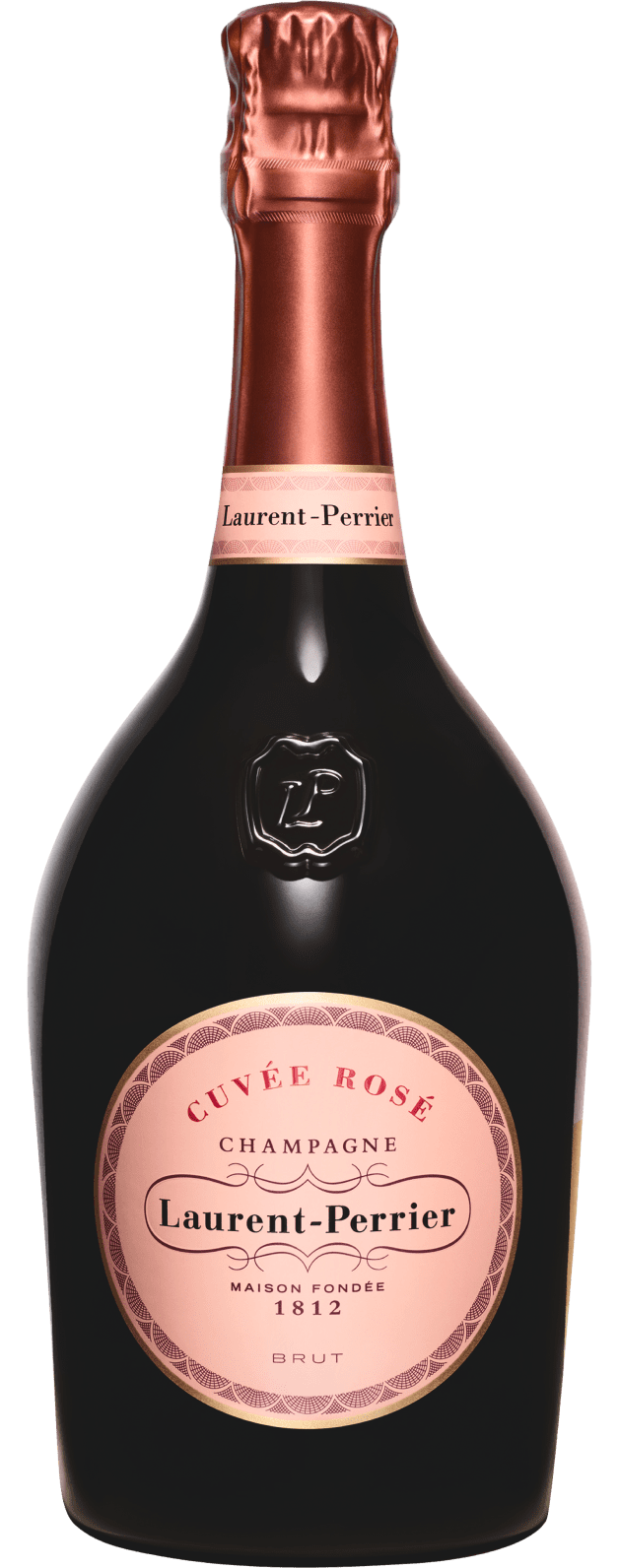
Cuvée Rosé
Cuvée Rosé presented in its original and distinctive bottle featuring the LP shield, is the benchmark for rosé champagnes. This rosé champagne delivers the sensation of diving into a basket of freshly picked red berries.
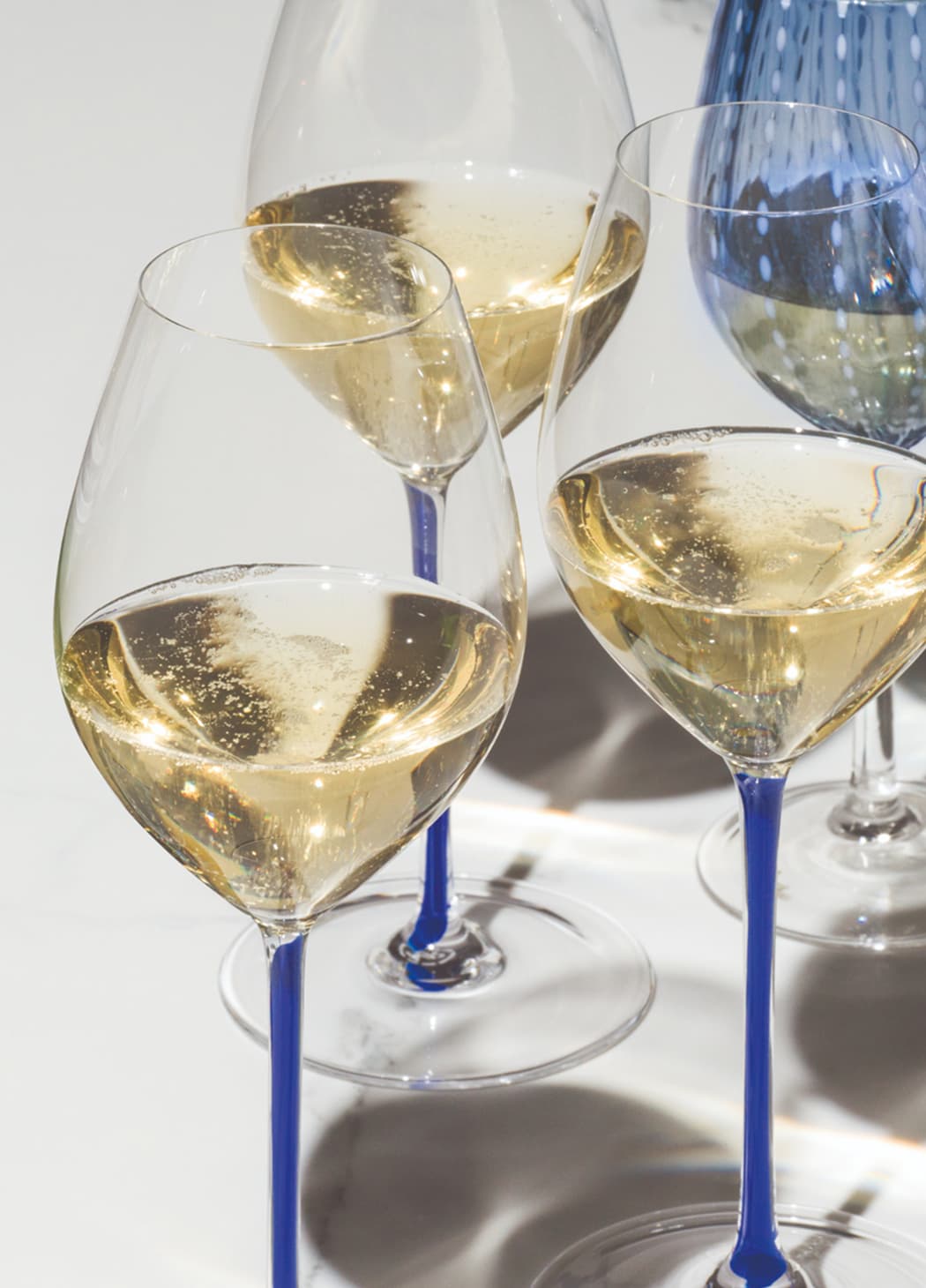
Non-dosage
Under the leadership of Bernard de Nonancourt, the House revisited the “Grand Vin Sans Sucre” in 1981 and unveiled Laurent-Perrier Ultra Brut®.
The dosage process was developed in the XIXth century, a time when champagne was very sweet and primarily served at tea time. In 1889, Veuve Laurent- Perrier broke with convention and introduced a “Grand Vin Sans Sucre”, a champagne designed for British clientele, known for their preference for low-dosage wines. “The result of long and patient research into a sugar-free champagne that meets the most refined modern expectations.
It took several generations for Laurent-Perrier’s cellar masters to once again create this masterpiece of their craft—a champagne in its purest form, relying solely on its truth to reveal the finesse of its blend.”
Bernard de Nonancourt
The production process is based on a rigorous selection of grapes from Champagne’s finest terroirs. The Chardonnays and Pinot Noirs used are exclusively sourced from the most prestigious crus, carefully chosen for their perfect balance between freshness and maturity.
The grapes are harvested at optimal ripeness, as the absence of dosage demands an impeccable natural balance. The vintage must display good maturity and low acidity. Additionally, a high proportion of reserve wines is used to ensure the desired equilibrium.
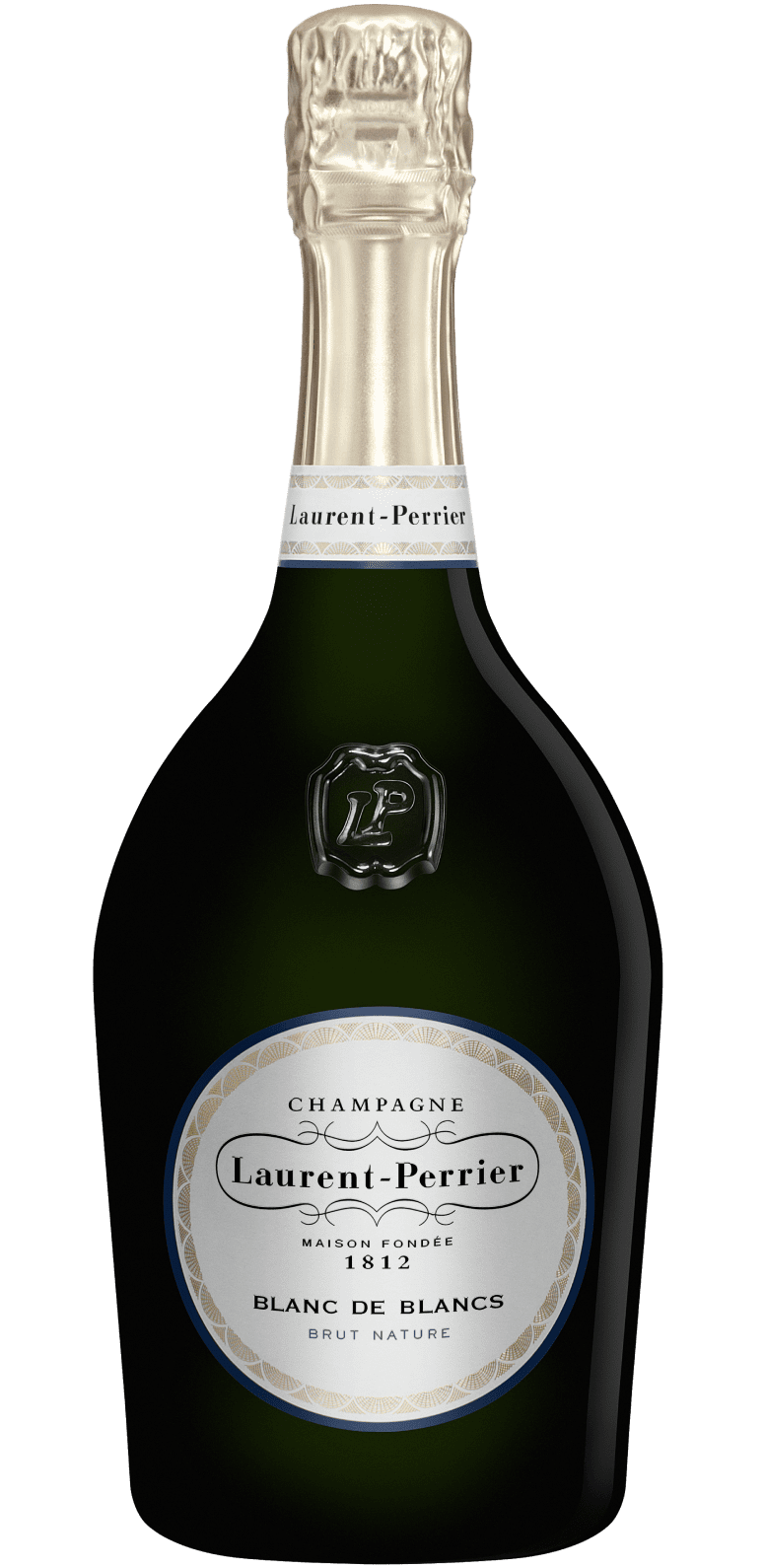
Blanc de Blancs Brut Nature
Blanc de Blancs Brut Nature is made from 100% Chardonnay, the emblematic grape of the House, sourced from the best slopes of the Côte des Blancs and Montagne de Reims. This gastronomic wine is distinguished by its minerality, freshness, and citrus notes.

Ultra Brut
Ultra Brut is crafted from a specific blend of 55% Chardonnay and 45% Pinot Noir and benefits from six years of ageing in the cellar. The wine is pure and fresh, characterised by its clean, crisp style.

